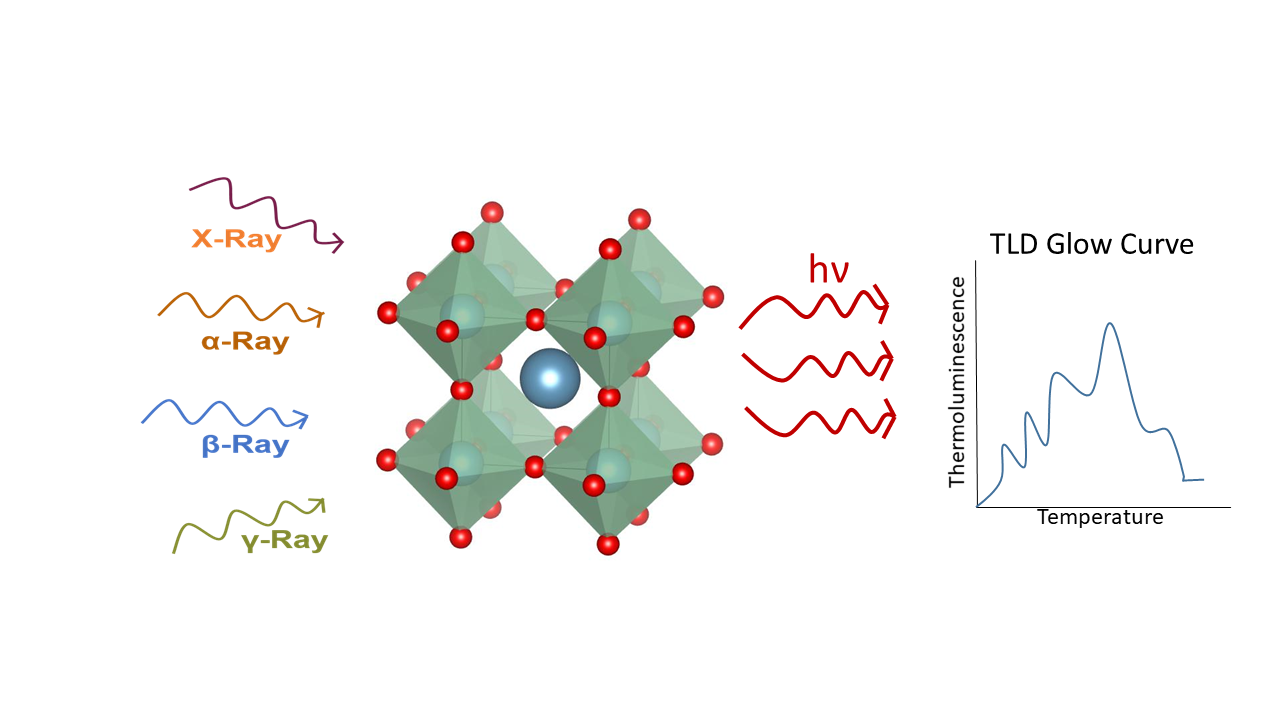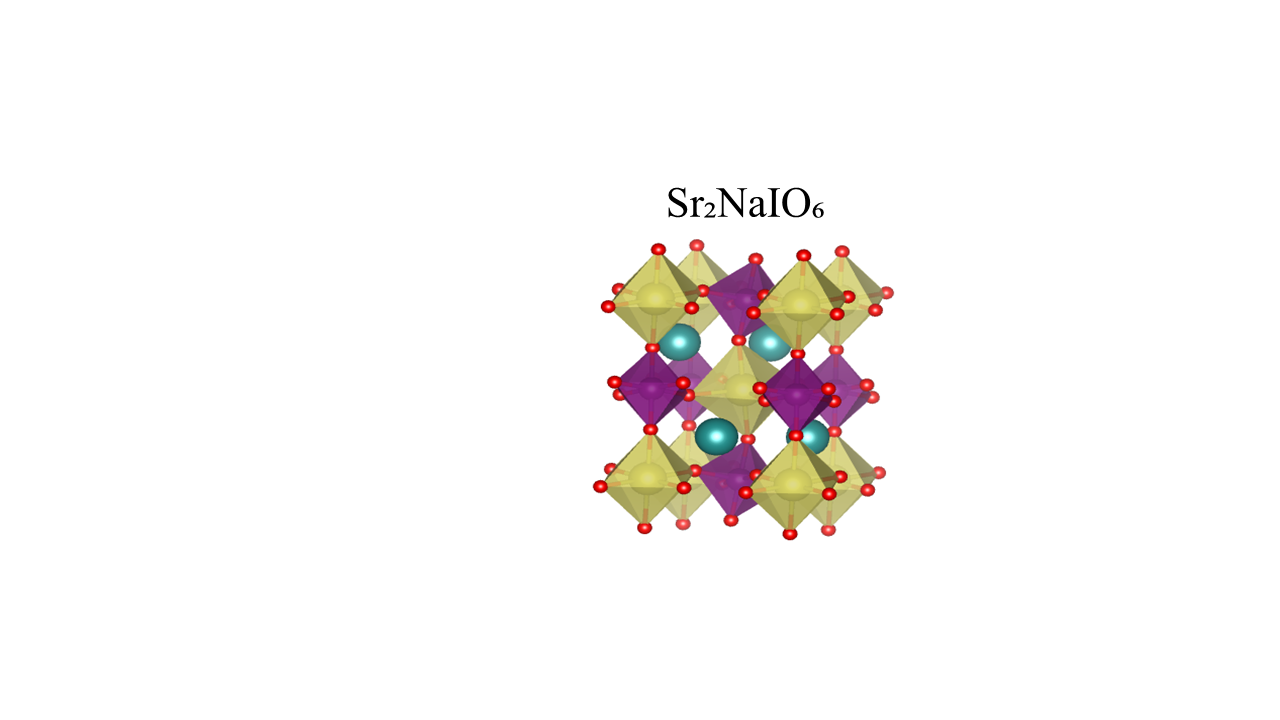C-mAIn@annauniv.edu
044-22359938

Alloffy Mary A
Research Scholar
C-mAIn@annauniv.edu
044-22359938

Research Scholar
We live in a period where ‘radiations’ just keep increasing exponentially with time.
Hospitals (CT scans, X-ray machines), national security departments, research labs, and many
more areas play around with radiations and thus are in a high need of radiation dosimeters. Over
the years, silicon, amorphous selenium (α-Se), mercury (II) iodide (HgI2 ), cadmium zinc
telluride
(CdZnTe), high-purity germanium (HPGe), etc. are some of the commercialized dosimeters
available in the market. Every existing device in this semiconductor’s era, encourages
betterment
by overcoming their shortcomings.
Commercial ionizing radiation detectors pose issues like low sensitivity, high leakage
current, material instability, low x-ray absorption cross-section, small stopping power, limited
spatial resolution, etc. These factors push us towards an exploration of novel materials that
overcome these problems. Various borates, phosphates, oxides etc. are being explored over the
years. In recent times, a class of materials termed ‘Perovskites’ with a general chemical
formula
ABX3 , have risen up in exploration for photovoltaic and photo-detection applications due to
their
many suitable features like tunable bandgap, strong stopping power, large bulk resistivity,
radiation hardness etc. Due to the similarity in the principle of photodetectors and radiation
detectors, we are extending our research in the exploration of perovskites for radiation
dosimetry.
Ideal dosimeters require a high bandgap, high mobility-lifetime product, tissue equivalent
Z eff (effective atomic number), high sensitivity etc. We are currently working in the direction
of
exploring novel hybrid (organic-inorganic) perovskites for dosimetry. A few novel oxide double
perovskite structures are being studied now. A DFT (Density Functional Study) based approach
is utilized in exploring the properties of these structures. A ‘Machine Learning’ approach will
be
employed in picking the most suitable hybrid perovskite structures and further in-depth studies
on the properties of the chosen materials will be carried out in future.




Sir CV Raman Block , Anna University.
C-mAIn@annauniv.edu
044-22359938
© C-mAIn. All Rights Reserved. Designed by HTML Codex. Maintained by Scholars of C-mAIn.